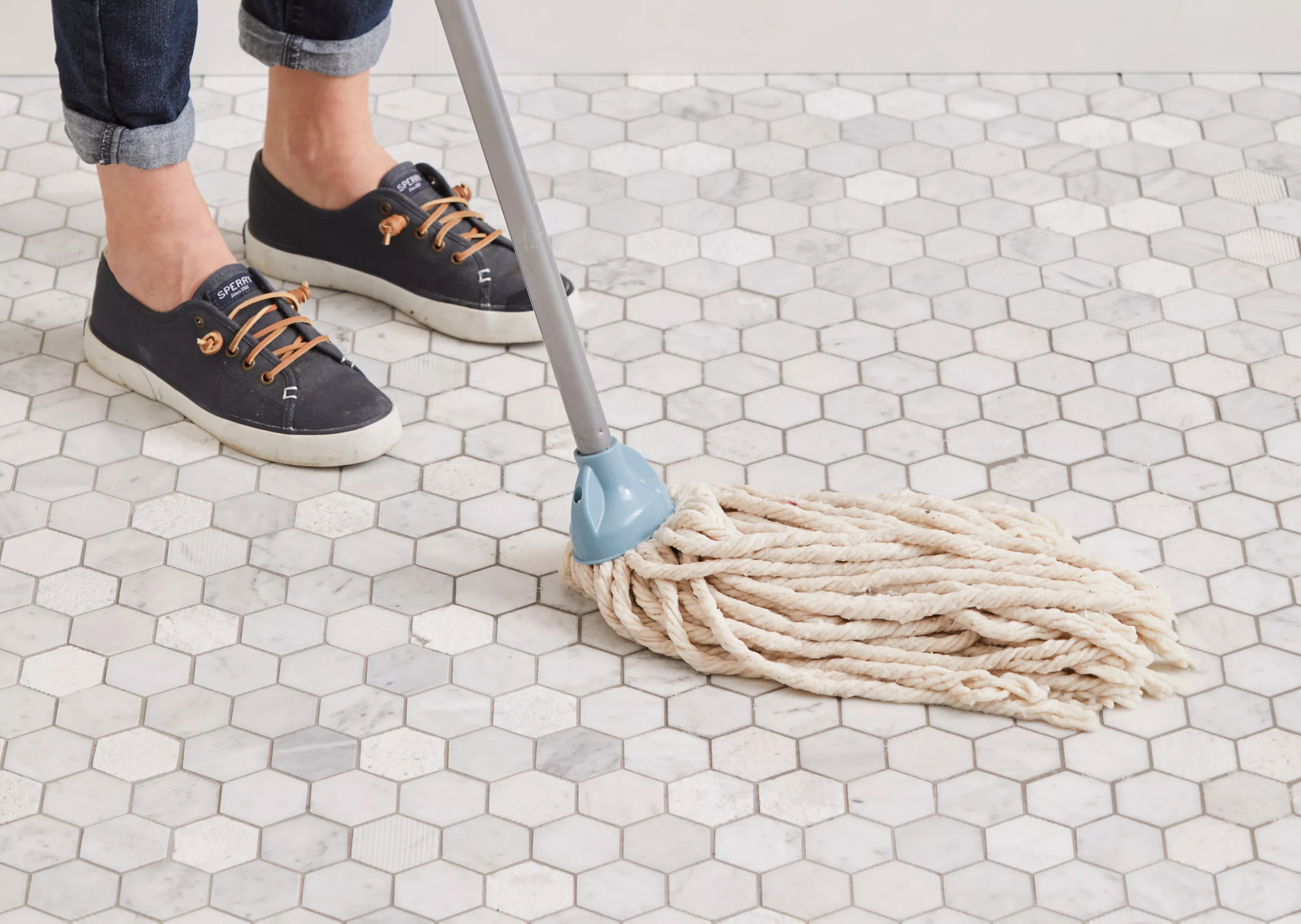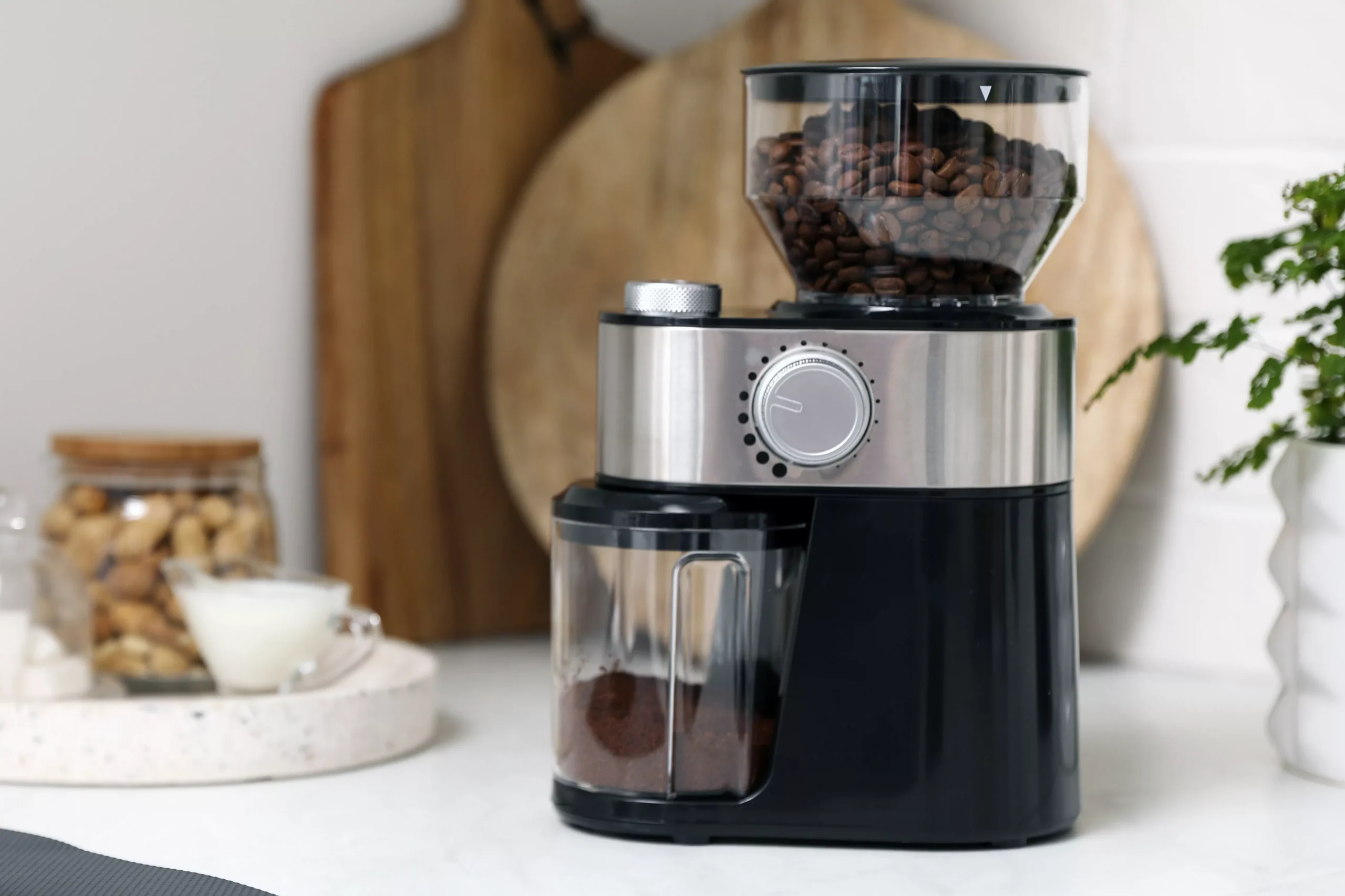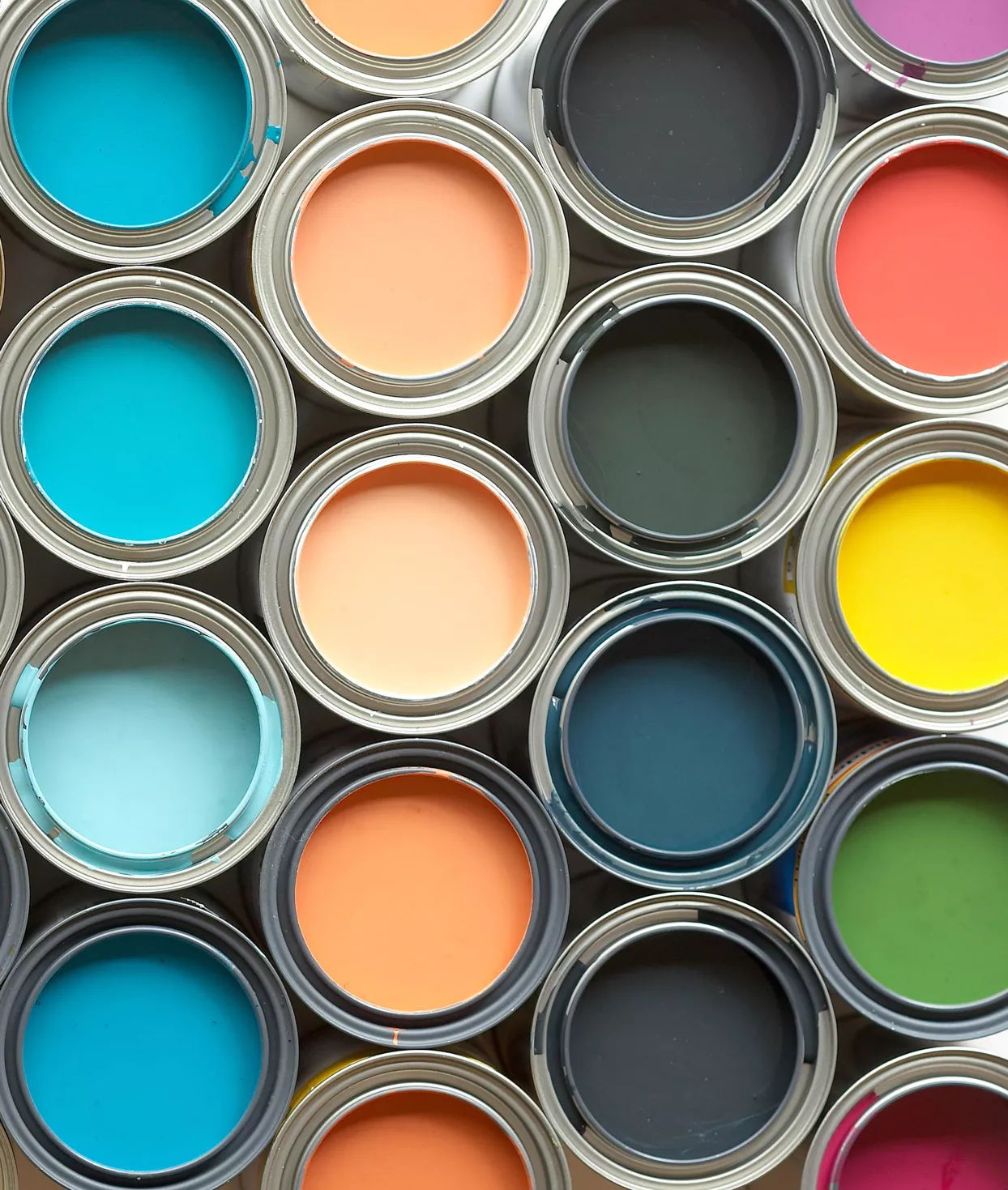
Mopping is among the most typical methods to tidy floors, and when it pertains to keeping highly trafficked areas like the kitchen and bathroom tidy and germ-free, it’s an essential ability to learn. Mopping is not a one-size-fits-all cleansing solution, and knowing the right way to mop various types of floorings will conserve you a lot of aggravation, as well as avoid costly damage.
Ahead, you’ll find assistance on how to select the ideal mopping solution for your flooring type, the actions to follow to get a shiny tidy floor, and how to choose the right mop for the task. Additionally, we’ve broken down some dos and do n’ts when it pertains to mopping different floor covering types, from wood and laminate to tile and linoleum.
Before Getting Started
Floor covering materials, and their care, can be rather different, so before you start mopping, it’s essential that you understand what kind of flooring you have. The type of floor covering will notify the option of mopping solution and, in some cases, the kind of mop itself.
Tile floors must be wet-mopped with a chamois-style mop, utilizing a mild detergent service. If the tile is made from a natural stone like marble, granite, or slate, avoid cleaning representatives with acids such as vinegar or lemon, which can trigger pitting.
Wood floors should be dry- or damp-mopped with a wood flooring mop and wood flooring cleaning item, diluted according to the maker’s instructions.
Laminate floorings should be dry- or damp-mopped just; do not wet-mop laminate floor covering, as direct exposure to excess water can trigger swelling, bubbling, and warping, and avoid abrasive cleaners, which can cause scratching.
Vinyl and linoleum floors should be wiped with a wet mop weekly; when much deeper cleaning is needed, use a nonabrasive all-purpose cleaner to wet-mop vinyl or linoleum floorings.
When it pertains to floor cleaners, less is more: The overuse of cleaning items will leave a residue that lends a run down, streaky, and dull appearance to floors; carefully follow maker guidelines regarding dilution ratios. Furthermore, making use of excessive detergent can damage floorings by leaving a movie that requires several passes with clean water to get rid of, oversaturating floors and developing more work for you.
How to Mop Floors
Sweep or Vacuum Floors
Prior to presenting a wet mop to an unclean floor, sweep or vacuum the area to get as much dirt, dust, and other particles as possible. This will keep the floors from becoming a muddy mess when a liquid cleaning option is presented. Take note of any sticky spills or stuck-on messes that need to be spot-treated previous to all-over mopping, and handle those.
Wet and Wring the Mop
Saturate the mop with mopping service by dipping the mop in the container. Then, wring the mop out well, either utilizing the built-in wringing system or with your hands; the mop need to not be dripping or sopping damp.
Constantly wring the mop out well before introducing it to the floor. A leaking damp mop can trigger damage to lots of floor covering types, and soaking the flooring will extend drying time unnecessarily. Additionally, working with a sopping damp mop will make the task seem like a slog.
Mop in a Line or a Figure 8
Starting in the far corner of the room, start mopping using a figure 8 movement for microfiber, string, and rag mops, or in a straight line if using a sponge mop. Work backwards, ensuring you’re basing on an unmopped section of the flooring, to avoid tracking filthy footprints.
Spot-Treat Tricky Areas
If there are any sticky spots you missed in step 1, use the mop to spot-treat them by applying downward pressure while rubbing the mop quickly back and forth. If your mop can not reach corners or joints, use a microfiber fabric dipped in the mopping service to manually clean them.
Rinse Floors and Mop
Rinse the mop extremely well with clean water, and review the floors to remove any residue from the mopping service. If you are mopping a big location, you might pick to mop and wash in areas, necessitating a two-bucket system for the mopping service and tidy water.
Clean the Mop Head
Tidy the mop head itself, either by eliminating and washing it or by cleaning it by hand in hot, soapy water and washing well.
Permit Floors and Mop to Dry
Allow the floor to dry totally before walking on it. After cleaning the mop head, rinse or erase the mop bucket; dry it completely before keeping.
How Often to Mop Floors
How often to mop the floors differs based upon a variety of elements, consisting of the size and structure of your household, how highly trafficked the floors are, and environmental elements. The entryway flooring in a family with kids and family pets in a dry, dirty environment will need to be mopped more often than in a guest restroom in a one-person family.
Highly trafficked floors might be cleaned up with a broom, dust mop, or vacuum every day or every other day; mop kitchen area floors once every two weeks, and mop restroom floors as soon as a week. Less extremely trafficked floorings can be cleaned up with a broom, dust mop, or vacuum as soon as a week, and mopped when a month. Spot cleansing spills with a damp microfiber fabric, and an all-purpose cleaner if required, can help to extend the time between mopping.
Best Products for Mopping
There are a great deal of mopping services on the marketplace, along with recipes for DIY mopping options that you can make at home with typical household items; some of them are quite good, some of them are quite bad, however the majority of them are simply fine.
Nevertheless, there is one product that is practically universally an excellent choice for all floor covering types, that also has the benefit of being low-cost, commonly readily available, and likely something you already have in the home: Dish soap. (Generally speaking, when a “moderate cleaning agent” is called for in cleansing directions, it refers to dish soap.).
Choosing the ideal mop, too, will assist to make the task much faster, simpler, and more effective. In our review of best mops, the BOSHENG Mop and Bucket with Wringer Set was named the very best overall mop; if you prefer a spin mop, the O-Cedar RinseClean Spin Mop & Bucket System was the top choice in our review of the best spin mops.




